Thermal anomaly, steam emissions observed at Tinakula volcano, Solomon Islands
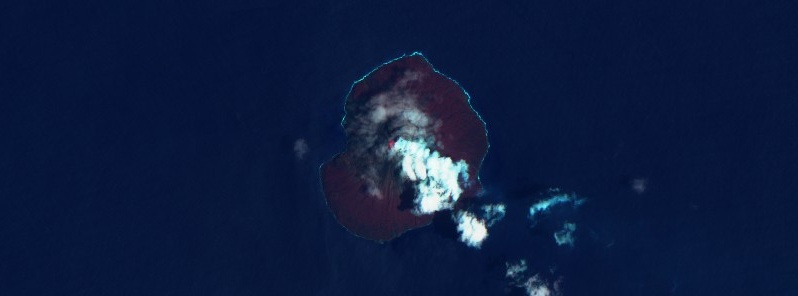
According to imagery captured by satellites and passengers aboard airplanes, the Tinakula volcano in the Solomon Islands is active again. Its last eruptive period lasted from October 21 to 26, 2018 (VEI3). Heavy ashfall produced during the eruption was followed by heavy rainfall, resulting in contaminated water sources on nearby islands and severe drinking water crisis that lasted for over a week.
A small steam plume was first reported by a passenger aboard an airplane passing over the volcano on January 17.
Sentinel-2 satellite imagery acquired January 27 and 29 clearly show thermal anomaly and weak steam emissions, suggesting new strombolian activity is taking place at the volcano.
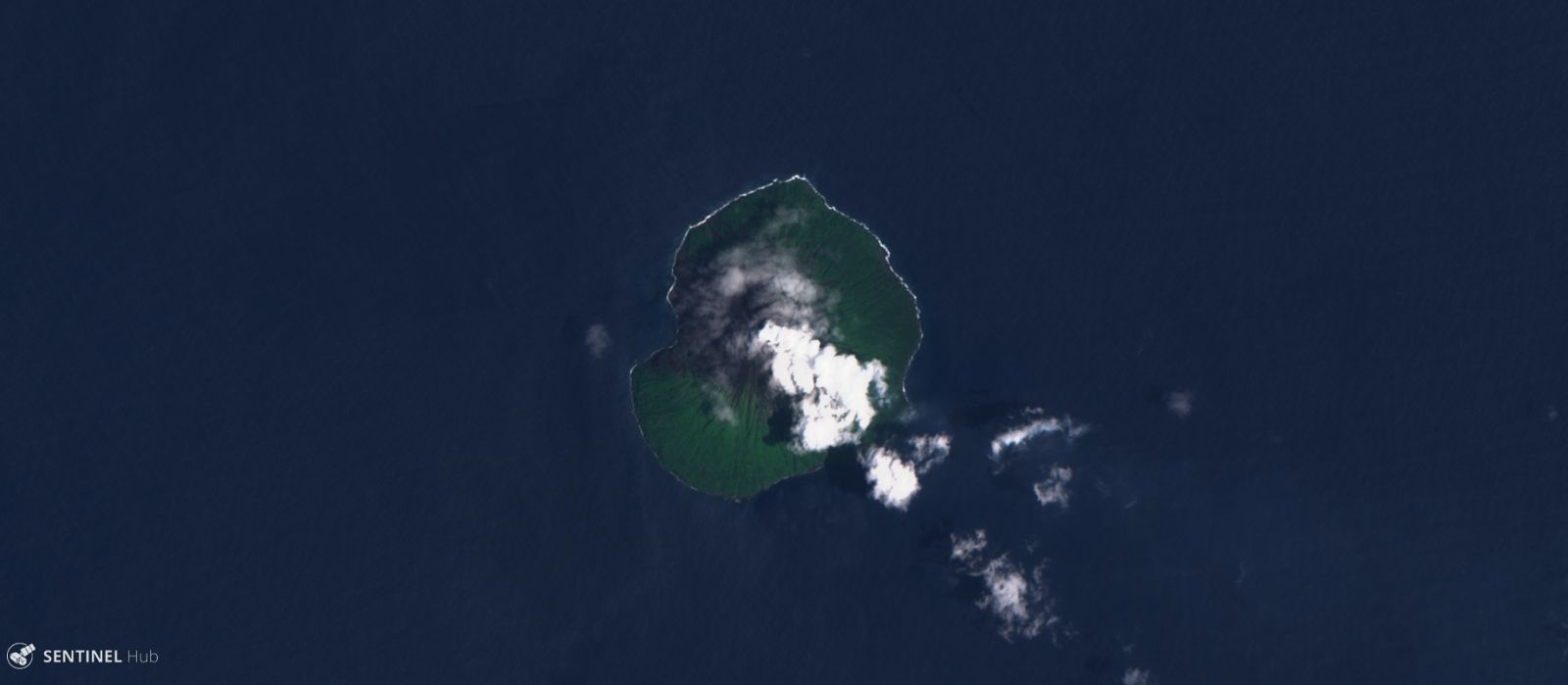

Images courtesy ESA/Sentinel-2. Acquired January 29, 2019
After more than 5 years of quiescence, a strong eruption took place at Tinakula volcano at 19:20 UTC on October 20, 2017.
According to the Wellington VAAC, ash cloud was observed reaching an altitude of 35 000 feet (10.7 km) above sea level at 01:10 UTC on October 21, drifting east.
Villages on nearby islands have reported heavy ashfall and the region was declared a no-flight zone.
Reports received from Temotu Province, Reef Islands on October 25 say that ashfall has largely stopped in Fenulola Group and other parts of Reef Islands and that communities are now experiencing heavy rain and severe water shortage.
"Widespread water shortage exists now across Reef Islands and Santa Cruz due to contamination of drinking water wells and tanks," National Disaster Management Office (NDMO) reported October 25.
"Quick thinking by leaders in some communities who disconnected the downpipes from the tanks before the ash fall avoided wider contamination of water supply. Community members have reported that underground water sources like the one in Tanga, Reef Islands, have also been affected. Currently, many communities are without uncontaminated drinking water and are relying on coconuts for drinking."
Water relief reportedly reached the affected communities on October 28.
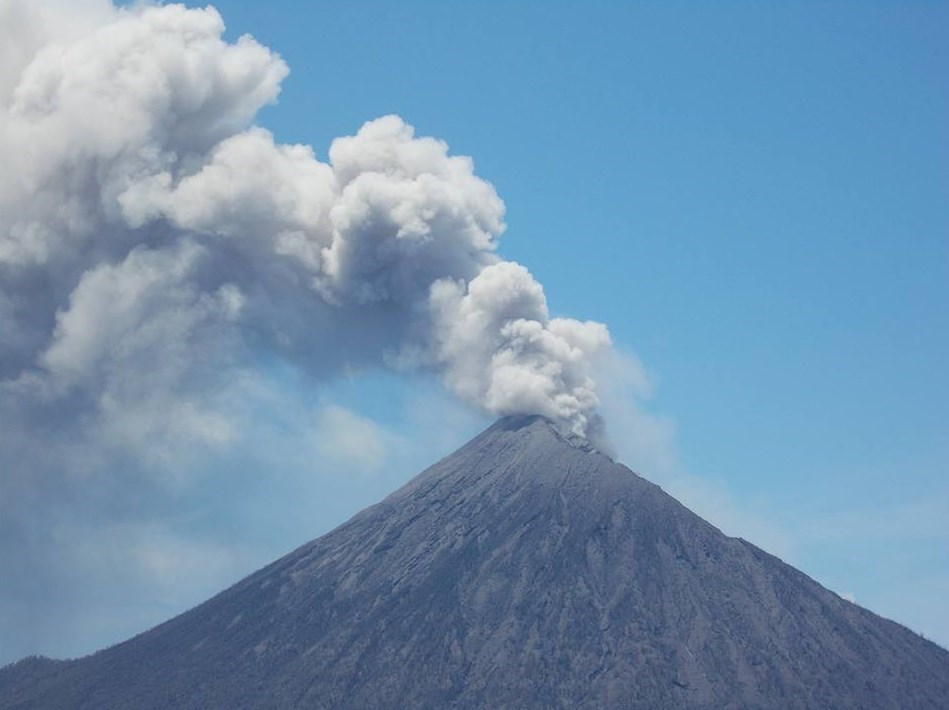
Tinakula eruption – October 2017. Credit: Okano Gamara
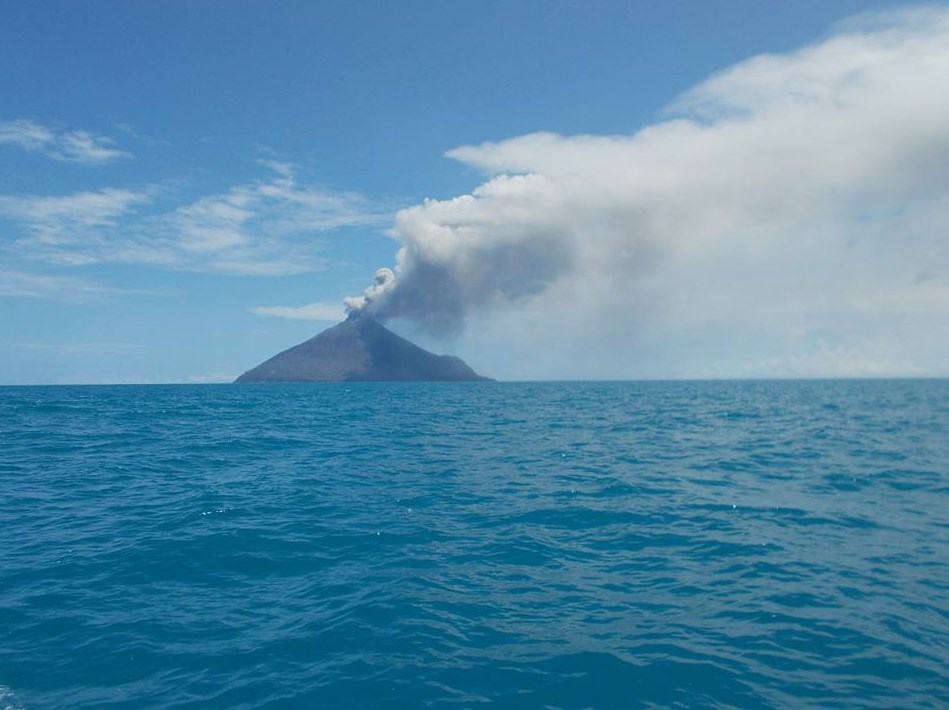
Tinakula eruption – October 2017. Credit: Okano Gamara
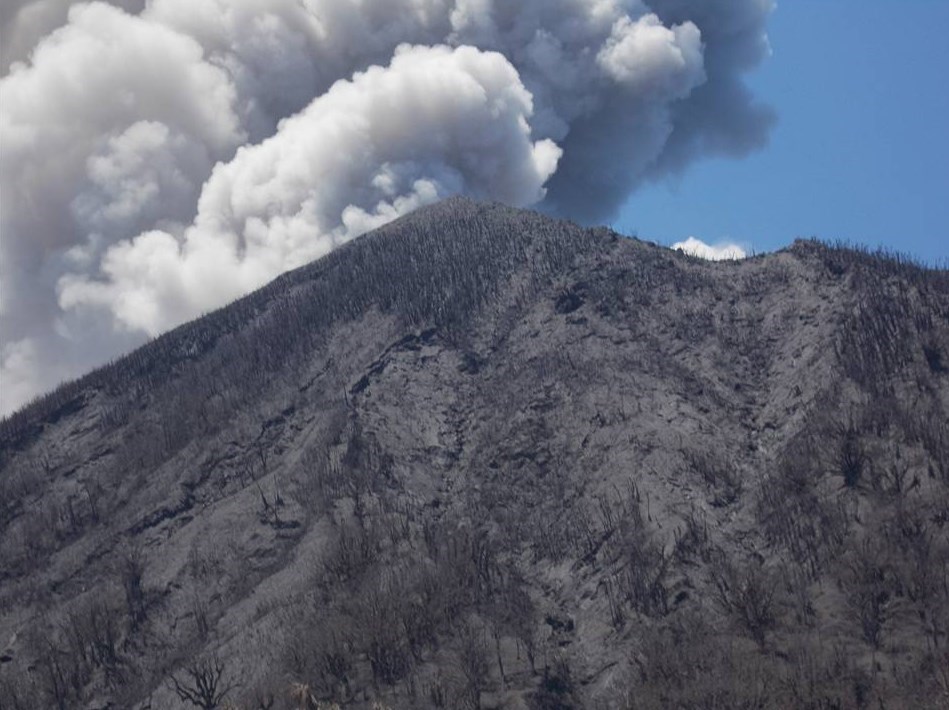
Tinakula eruption – October 2017. Credit: Okano Gamara
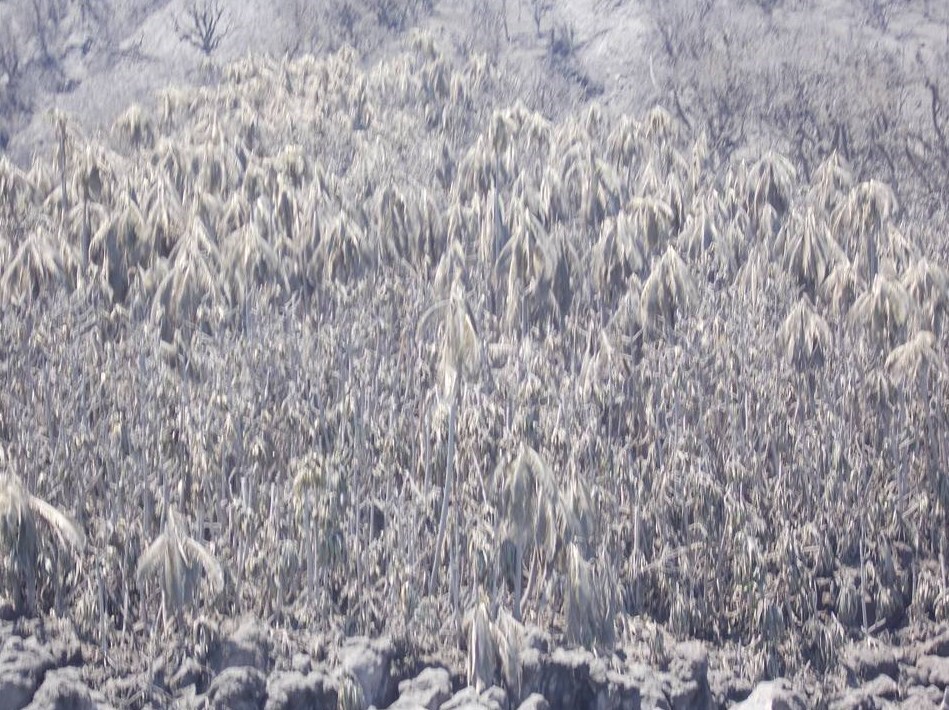
Tinakula eruption – October 2017. Credit: Okano Gamara
This eruptive period is considered over as of October 26, 2018 (VEI3).
The previous eruptive period of this volcano lasted from September (19), 2008 to October 23, 2012 (VEI1).
There is a lack of scientific equipment installed at this volcano, making observations of volcanic activity difficult.
Geological summary
The small 3.5-km-wide (2.2 miles) uninhabited island of Tinakula is the exposed summit of a massive stratovolcano that rises 3 – 4 km (1.9 – 2.5 miles) from the sea floor at the NW end of the Santa Cruz islands.
Tinakula resembles Stromboli volcano in containing a breached summit crater that extends from the 851-m-high (2 792 feet) summit to below sea level. Landslides enlarged this scarp in 1965, creating an embayment on the NW coast.
The satellitic cone of Mendana is located on the SE side. The dominantly andesitic Tinakula volcano has frequently been observed in eruption since the era of Spanish exploration began in 1595.
In about 1840, an explosive eruption apparently produced pyroclastic flows that swept all sides of the island, killing its inhabitants.
Frequent historical eruptions have originated from a cone constructed within the large breached crater.
These have left the upper flanks of the volcano and the steep apron of lava flows and volcaniclastic debris within the breach unvegetated.
Featured image: Tinakula on January 29, 2019. Credit: ESA/Sentinel-2

Commenting rules and guidelines
We value the thoughts and opinions of our readers and welcome healthy discussions on our website. In order to maintain a respectful and positive community, we ask that all commenters follow these rules.